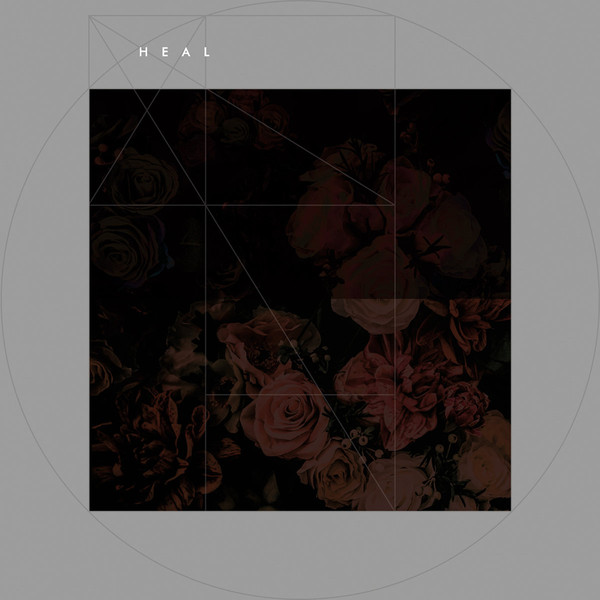
Heal - Espace d'incertitude [Sound On Probation - 2018]" /> |
Heal is the project of French experimental musician Laurent Perrier. He has sporadic releases using the alias dating back to 2000. This 2018 LP "Espace d'incertitude" is the 4th album as Heal. Its nine pieces run a mere thirty seven minutes; it is the rare soundscape album for the impatient. It features two boldly contrasting sides:
Side A, the "Buchla Side" is an old school synthesizer odyssey featuring the titular machine (the legendary Buchla) in the vein of Tangerine Dream's "Phaedra", but a bit darker, dirtier, and rougher around the edges. It would likely be classified as ambient, but only because it is devoid of any real percussion. Sharp, percussive arps form an unforgiving acid-electro backbone to the music. Groups like Nitzer Ebb and Front 242 created punishing dance music in the last 80's using these same arpeggiations. The synth tones have an aggressive electric vividness, allowed to punctuate raw and bright without much filter. I feel the electric current buzzing through my body.
Rather than the kind of cinematic melodic sensibilities employed by TD or many other classic synth artists, here we have mostly meandering, morose dissonance. The sense of gradual tunneling into alienness is paramount, a chemically enhanced science fiction. The compositions are restlessly paced, created from myriad fragments of different improvisations constantly fading in and out.
The texture of the sound is enjoyable, but I feel like it lacks the emotional direction and variety that Tangerine Dream brought to the table. The trajectory is muddled, as the changes are too quick, the corners visible. Heal's relative lack of experience with the complex machine is evident. Many past techno and berlin school albums have created a more fluidly immersive space.
Side B brings a total turnaround in style, and a marked increase in emotional immediacy. The tone shifts to become deeply soothing, a nectarous drone like being surrounded by loving energy. The momentum drops, and the cluttered editing of side A disappears. The focus shifts away from synthesizer, though it is still included at times, to make room for sultry, softly picked lounge guitar musings. When the synth does appear, it has a decisively melodic role, providing housey pads and emotive scalar percolations. The sound here is no less vintage in flavor, but instead harkens to the warm, rounded sounds of late 70's fusion.
The album seems to end just as its finally gaining a little momentum. I'm left feeling that the music's brevity works against it, as it never seems to settle deeply enough into the trance suggested by many of its individual moments, gone before they could be savored.
I respect the artists' attempt to realize two separate ideas as sides of a single album, but in this case one of the sides (side A) comes off as an amateurish experiment with an unfamiliar machine, while the other is effectively cinematic and emotive, easily listenable and focused on musicality. The abruptness of the synth work in side A speaks to a lack of patience in learning the gear, and it just goes to the show the importance of the perfectionism and technical proficiency that Tangerine Dream had. In the end, this album is more like an homage to great music, a playful recreation of classic sounds, than it is a valuable work on its own.
      Josh Landry Josh Landry
|

